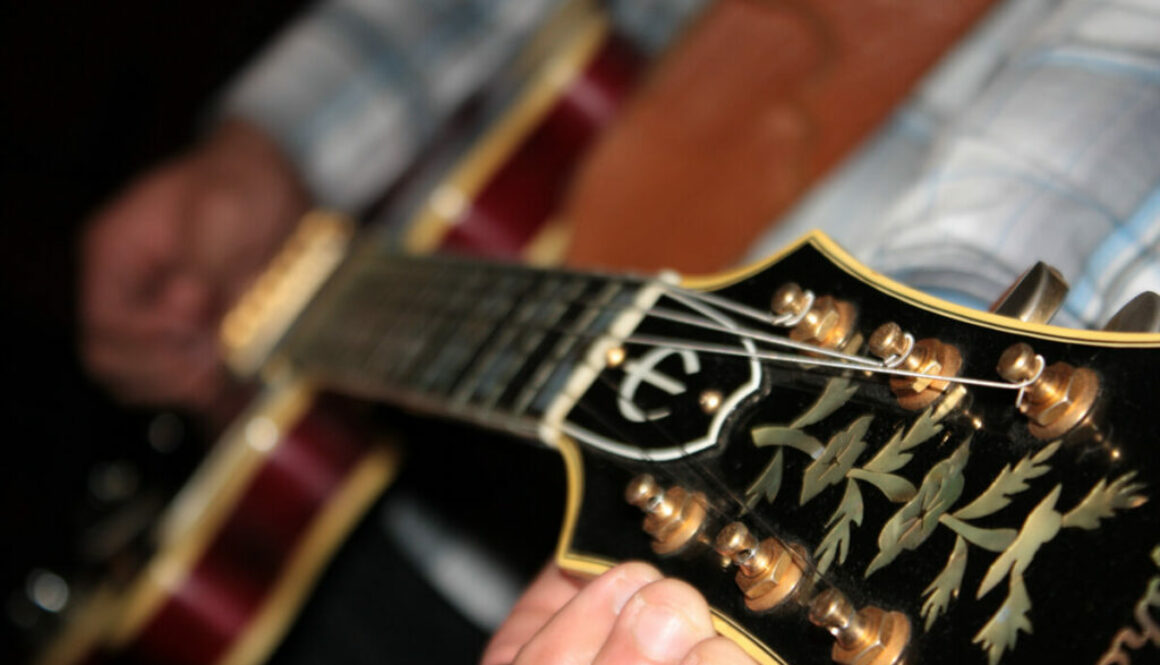Guitar Tuning Top Tips

OK, so tuning your guitar is hardly the most fun or creative aspect of playing. And for this reason it can often be neglected as something to be discussed, learned, or improved upon. Yes, it is just a functional act, it’s part of the preparation, the setup, but this makes it a foundation of all your guitar playing. And there are things you can do to improve or speed up your tuning, and equally there are things to be wary of, and potential pitfalls too. Here are some tuning top tips!
It really matters!
This one should be obvious, really, but so often tuning is rushed or botched or done half-heartedly. Yes you want to get it done and get to playing, but that is not a reason to do a bad job of it. Instead see it as a reason to do a good job of it, so your playing sounds better and tuning doesn’t need repeating five minutes later. Being out of tune is absolutely a sign of an amateur. And it’s bad enough when you’re playing alone, if you’re playing with other people, it’s going to seriously affect the overall sound, negatively, unless the whole band happen to be out of tune in the exact same way, by the exact same margins! Cut the complaining and get – properly – in tune.
Studio precision
The previous point takes on a whole new life when it comes to recording. Because if you’re playing on a recording that will also feature electronic / midi instruments – i.e. Those that are perfectly in tune – any slight discrepancies with guitars and basses is going to cause a noticeable clash, even more exposed by being juxtaposed with this kind of electronic precision. So if you didn’t listen at point 1, listen now – get your guitar properly in tune. To some of you this may sound incredibly obvious, even patronizing. To others – well, you probably need this advice!
Keep it clean!
Always tune your guitar on a clean setting, especially if you’re using a tuner that detects acoustic sound (as opposed to for example a clip-on tuner working on vibrations). Or even if you’re using a tuner pedal – especially if it isn’t at the front of your chain of pedals. Any distortion or other effects on your sound can warp it to the extent that a tuner can become less reliable, as can your ear, if you’re tuning using aural skills alone.
Many Methods
It’s really good to have many different tuning methods up your sleeve. This could include any combination of the following:
- Online guitar tuner
- Tuner pedal
- Clip-on tuner
- Tuning app
- Tuning by ear
This means whatever situation you’re in, you can tune your guitar. And if one method fails you, or becomes unavailable, you have somewhere to turn.
One other thing to say on tuning by ear, the last option on the above list. This itself breaks down into relative tuning (e.g. Fret 5 on the E string should equal the note of A, and thus the A open string), tuning using harmonics, tuning relative to a piano, and so on. Again it’s good to know all of these methods so that you have options, or ways of double checking a tuning if you’re uncertain.
Remember the conditions
Changes in temperature, humidity, and surroundings can alter a guitar’s tuning, so look out for this and be aware that retuning (often several times) may be required after a serious shift in any of the above conditions.
Alternate Tunings
Alternate tunings (most commonly such as ‘Drop D’ or ‘Open E’ or ‘DADGAD’) can be a great entry into different musical styles and new ways of getting creative on your instrument. Remember to ensure at least one of your tuning methods can work chromatically. What this means is that the tuner or tuning method isn’t ‘seeking out’ the notes EADGBe of standard guitar tuning. Because if you want to tune to DADGAD for example, the tuner won’t be much use to you as it won’t tell you when you’ve accurately hit on a ‘D’ note. Instead it’ll just be telling you that this is an ‘E’ but far too flat, severely out of tune.
Alex Bruce is a writer for Guitar Tricks and 30 Day Singer
